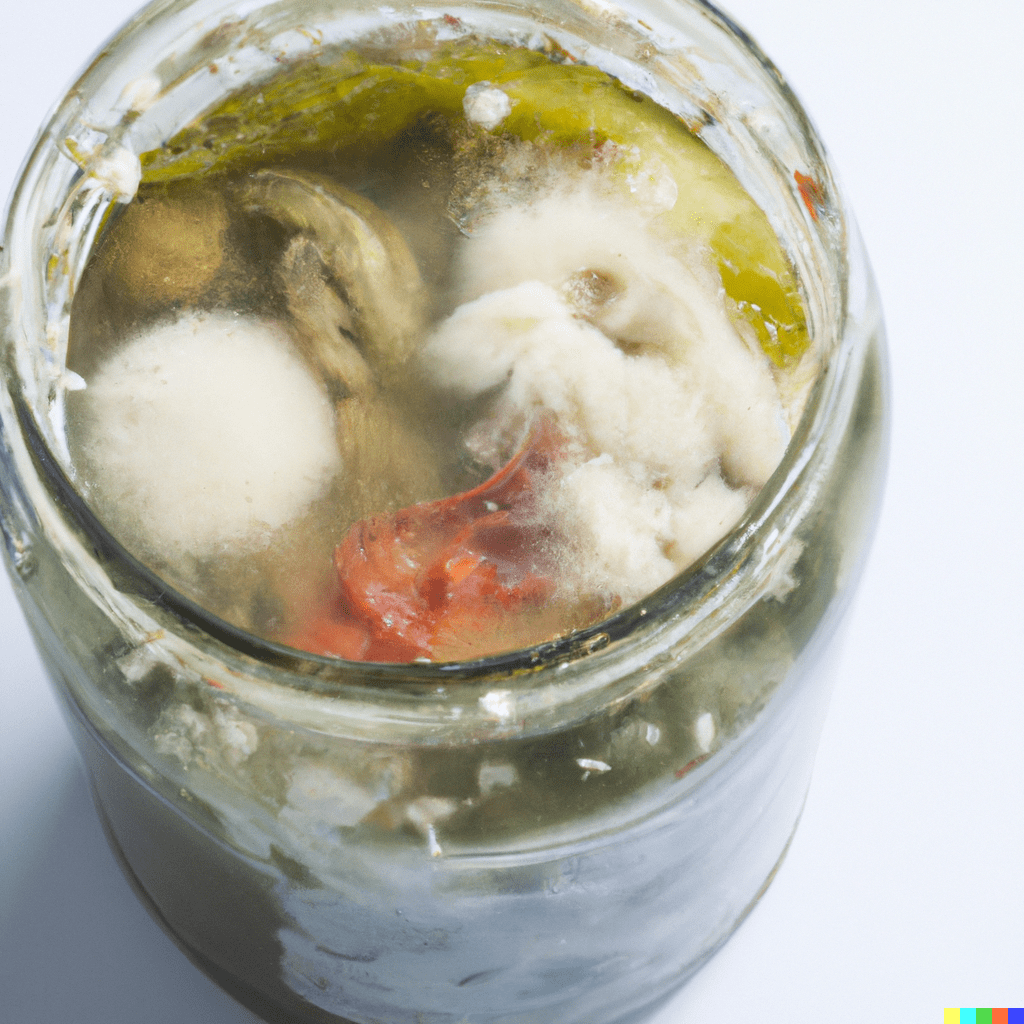If mold develops on the top of your fermented vegetables, it’s important to take appropriate steps to ensure the safety of your ferment. Using the right tools, such as a Fermentation crock 5L, can help maintain the proper environment for fermentation and reduce the risk of mold. Here’s what you can do if you encounter mold during the fermentation process: 

Assess the Situation:
First, carefully examine the moldy area. If the mold is only present on the surface and has not penetrated the vegetables underneath, you may be able to salvage the batch. However, if the mold has spread extensively or if you notice an unpleasant smell or slimy texture, it’s best to discard the entire batch for safety reasons.Remove the Mold:
If the mold growth appears minimal and limited to the surface, you can try to salvage the remaining vegetables. Carefully skim off the moldy layer using a clean spoon or utensil. Be sure to remove all visible traces of mold, as spores can spread and continue growing even if they are not immediately visible.Check for Underlying Issues:
Mold growth on fermented vegetables can be an indication of underlying issues with the fermentation process. Ensure that you followed proper hygiene practices, including using clean utensils, sanitized fermentation vessels, and fresh ingredients. It’s also crucial to maintain an appropriate salt concentration or acidity level to create an inhospitable environment for mold growth.Adjust the Fermentation Environment:
If mold has appeared, it may be helpful to reassess and adjust the fermentation environment. Make sure the vegetables are fully submerged in the brine or liquid, as exposure to air can promote mold growth. Consider using fermentation weights or adding more brine if needed. Additionally, check the temperature and ensure it falls within the recommended range for fermentation to inhibit mold development.Monitor and Proceed with Caution:
After removing the mold and adjusting the fermentation environment, continue monitoring the ferment closely. Observe for any signs of further mold growth, off-putting smells, or unusual texture changes. If you notice any concerning developments, it’s advisable to err on the side of caution and discard the batch.
1% of each order supports children with juvenile arthritis.